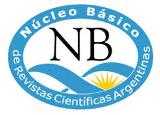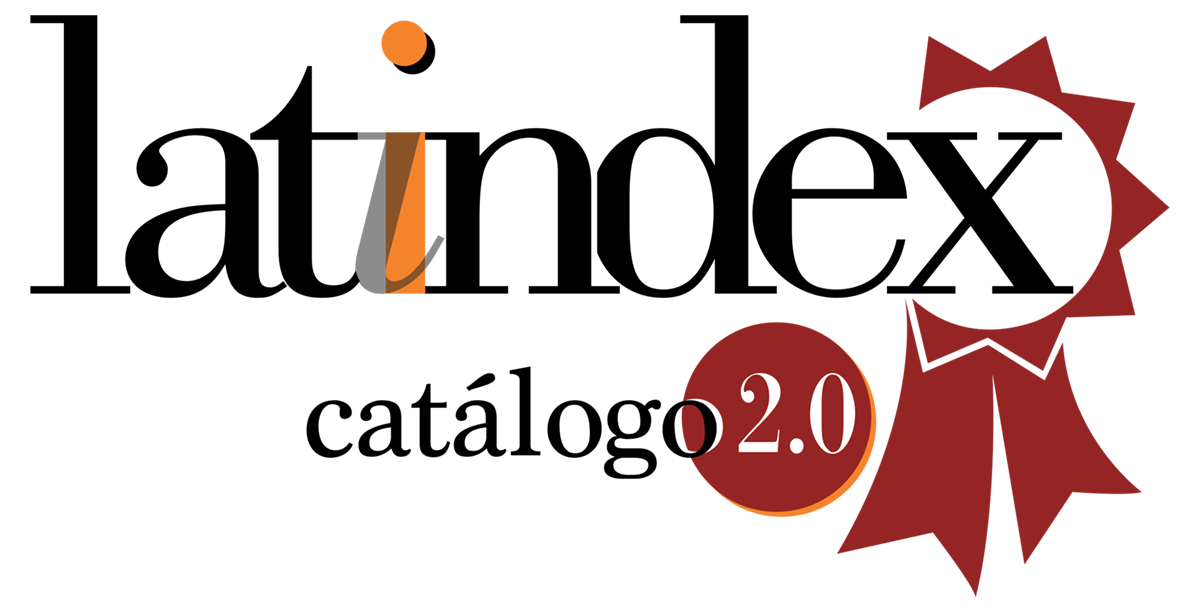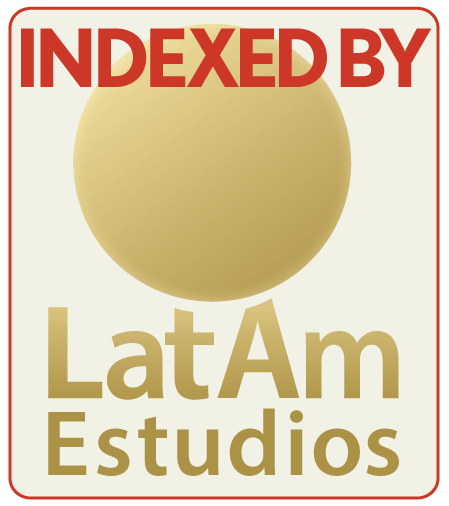Neighbors: the neighborhood and the city in shaping the local identity
Junín 1943/1944
DOI:
https://doi.org/10.24215/23139048e028Keywords:
Identity, localism, national spirit, strategies, neighborhood, JuninAbstract
The following work analyzes and describes the way in which from the discourse of the residents of Villa Belgrano and Villa Talleres [two neighborhoods in the city of Junín, northwest of the province of Buenos Aires] they wove and developed strategies for neighborhood identity It was integrated into the idea of being a national that emanated from the state, during the years 1943 and 1944. The state claim represented and involved a conflict with local identity / identities. In a context where the Argentine State had broadly assumed the idea of a moderately homogenous Argentine nation by the middle of the last century, after almost fifty years of policies aimed at integrating the migrant population into a political and economic project, the the discourse and practices of these communities are going to put in between said solidity intended from state agencies at various levels. Their speech is studied from a micro-local publication, as was the newspaper, first fortnightly and then quarterly, Horizons, exclusive organ of these neighborhoods. In the work a critical reading of the newspaper of the Villas is carried out and some conflicts developed around problems such as Hygiene, neighborhood and urban development, the moral characteristics of the population, several complaints to the Municipality of Junin, etc.
Downloads
References
Adamovsky, E (2019). El gaucho indómito. De Martin Fierro a Perón, el emblema imposible de una nación desgarrada. Buenos Aires, Siglo XXI
Armus, D. (2007). La ciudad impura. Salud, tuberculosis y cultura en Buenos Aires, 1870-1950, Buenos Aires, Edhasa.
Bianco, M (1996) Junín, su expansión y usos del suelo, Buenos Aires, Junín, Taller Gráfico SM
Bisso, A. (2009) “Monarquías republicanas en tiempos de democracia fraudulenta. Representaciones lúdicas de la soberanía en las elecciones de reinas y misses del interior bonaerense”, Sociabilidad, política y movilización, Buenos Aires, Cedinci-Buenos Libros, pp. 130-153.
Biernat, C y Ramacciotti, K (2013) Crecer y Multiplicarse. La política sanitaria materno – infantil. Argentina 1900-1960, Buenos Aires, Editorial Biblos.
Fanlo, L. G. (2010). Genealogía de la argentinidad. Gran Aldea Editores.
Gimenez, G. (1997) Materiales para una teoría de las identidades sociales, UNAM
Ginzburg, C. (1994). Microhistoria: dos o tres cosas que sé de ella. Manuscrits: revista d'història moderna, (12), 13-42.
Petraglia, P.G. (2016) Historia del Honorable Consejo Deliberante del partido de Junin 1886 -2016, Buenos Aires: Ed. del Autor
Tauber, F. (1997) Junin: Reflexiones y Datos para una Estrategia de Desarrollo. Buenos Aires, La Plata: Ministerio de Economía de la Provincia de Buenos Aires.
Published
How to Cite
Issue
Section
License
Copyright (c) 2019 Carolina Estefanía Corfield Fulcheri

This work is licensed under a Creative Commons Attribution-NonCommercial-ShareAlike 4.0 International License.
The acceptance of an original by the journal implies the non-exclusive transfer of the economic rights of the authors in favor of the editor, who allows reuse, after editing (postprint), under a Creative Commons Attribution License -NonCommercial-ShareAlike 4.0 International (CC BY-NC-SA 4.0)
In accordance with these terms, the material can be shared (copied and redistributed in any medium or format) and adapted (remixed, transformed and created from the material another work), provided that a) the authorship and original source of its publication (magazine and URL of the work), b) is not used for commercial purposes and c) the same license terms are maintained.
The transfer of non-exclusive rights implies that after its publication (postprint) in Cuadernos de H ideas the authors can publish their work in any language, medium and format; in such cases, it is requested that it be stated that the material was originally published in this journal.
Such assignment also implies the authorization of the authors for the work to be harvested by SEDICI, the institutional repository of the National University of La Plata, and be disseminated in the databases that the editorial team considers appropriate for increase the visibility of the publication and its authors.
Likewise, the journal encourages the authors so that after their publication in Cuadernos de H ideas they deposit their productions in other institutional and thematic repositories, under the principle that offering society scientific and academic production without restrictions contributes to a greater exchange of global knowledge.










.png)

























